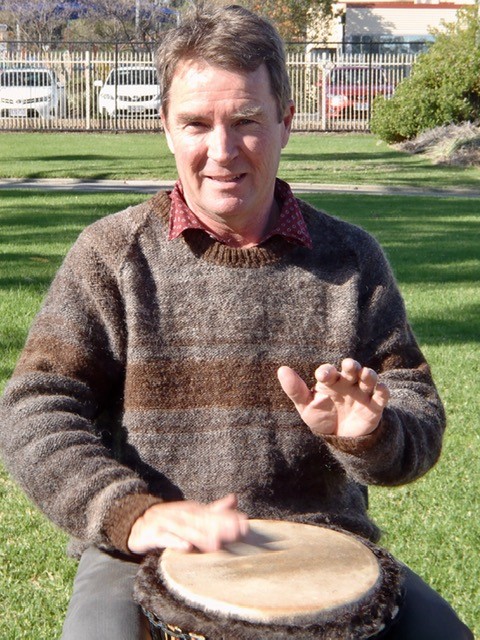
My guest on the podcast this week is the brains and the hands behind the therapeutic program, Drumbeat at the Holyoake Institute. Simon Faulkner went on to set up his own business, further developing his Rhythm2Recovery model (R2R) which has now made its way into the UK, USA and Germany.
R2R combines experiential rhythmic music with cognitive reflection, as a therapeutic intervention suitable for one-to-one counselling, groupwork and community development. Thousands of practitioners across Australia have been trained to use drumming to connect with their clients experiencing a range of life challenges. Simon brings many years’ experience working cross culturally, delivering training programs and therapeutic interventions to Aboriginal and Torres Strait Islander communities as well as First Nations communities in the USA and Canada.
In this conversation, we discover how Simon, who does not identify as a musician, came to appreciate the drum as a therapeutic tool for connection.
In episode 31, we explore:
- Why drumming has been such an effective therapeutic tool for working with Aboriginal and Torres Strait Islander people
- Simon’s discoveries working with First Nations peoples in Canada and the USA, and how this has influenced the development of the Rhythm2Recovery model
- How the drum if used correctly can promote a safe therapeutic relationship
- An overview of the research behind rhythmic therapeutic interventions
- The ways drumming is being used therapeutically in Indigenous communities around Australia and how it is being received
- What inspired Simon to develop this methodology, and the beliefs and values behind his intentions for the work
- The biggest struggles Simon faces in working cross culturally and the skills and knowledge he has used to overcome them
- What really makes Simon’s heart sing in his community and your chance to get involved
To listen, simply click on the Play button below or listen via the Stitcher App for iOS, Android, Nook and iPad.

You can subscribe to future podcast episodes from our Subscription page. Don’t forget, if you or someone you know would make a great interview on ‘Talk the Walk’, send us an email from the Contact Page.
Things to follow up after the episode:
Rhythm2Recovery – access to training, resources, evidence and fact sheets.
Drum Circle Facilitator Training.
Performing Arts in Prisons, Intellect Books.
The Righteous Mind: Why Good People are Divided by Politics and Religion (2012) by John Haight.
Contact Simon Faulkner.
Podcast: Play in new window | Download
Subscribe: RSS

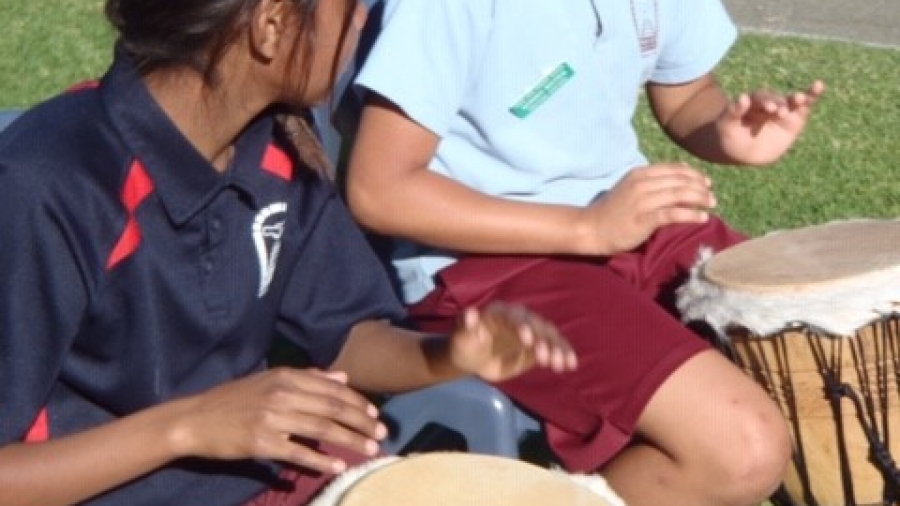
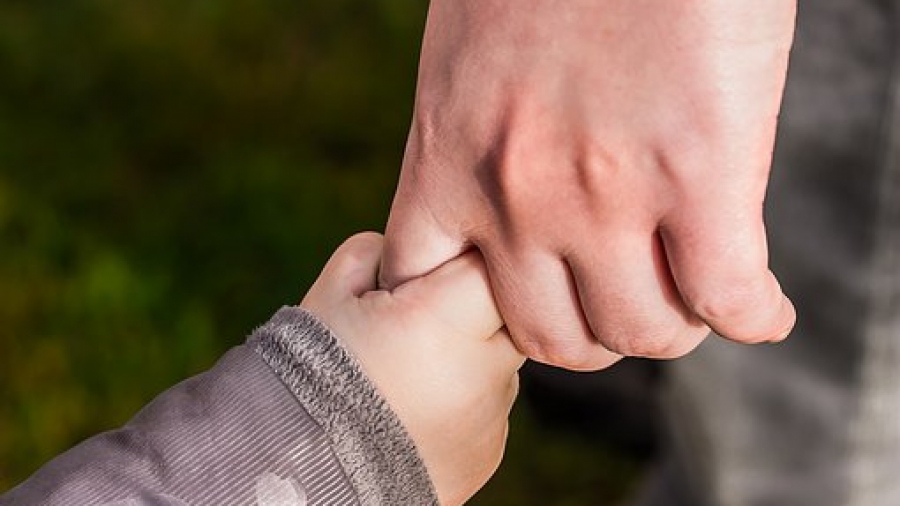
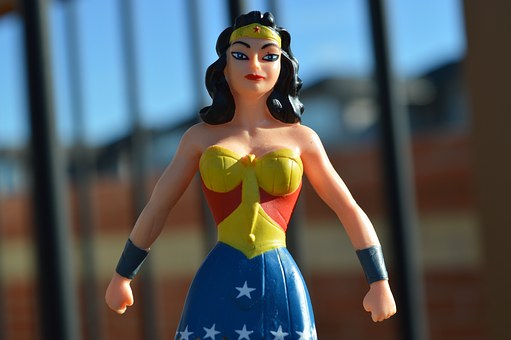
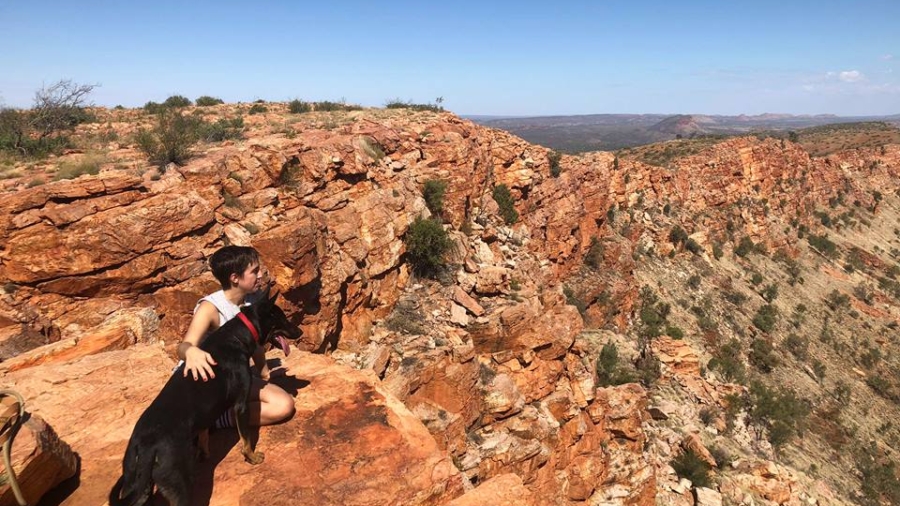
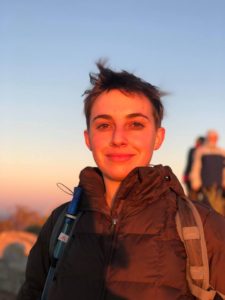
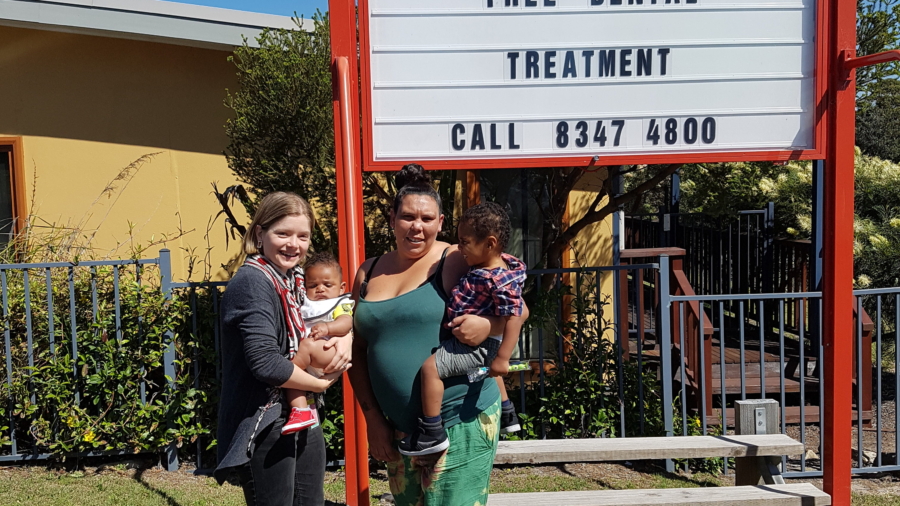
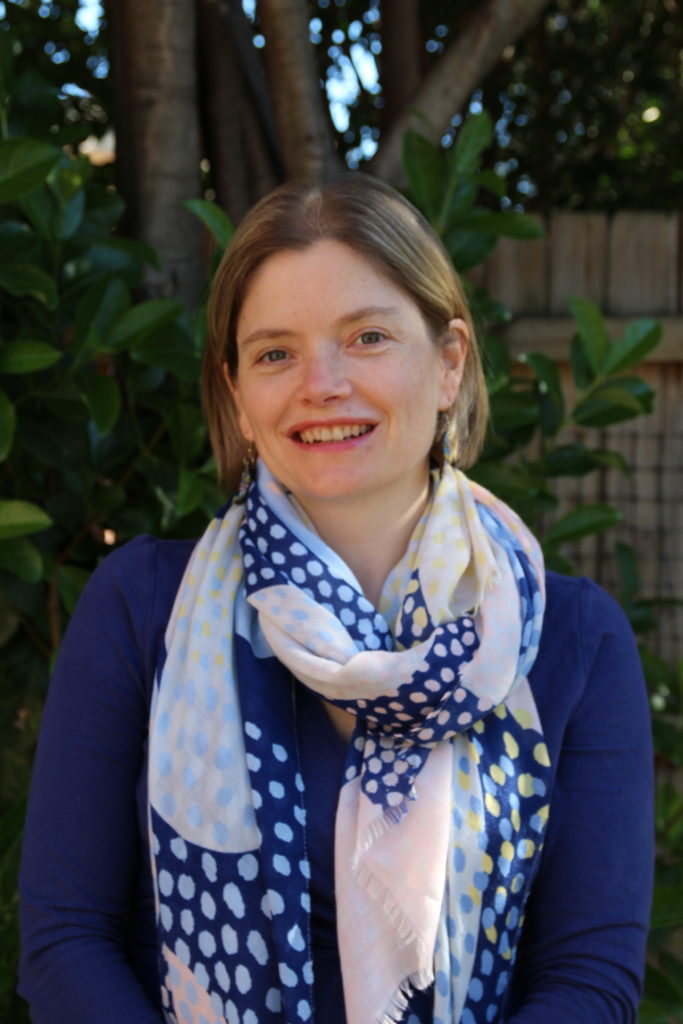
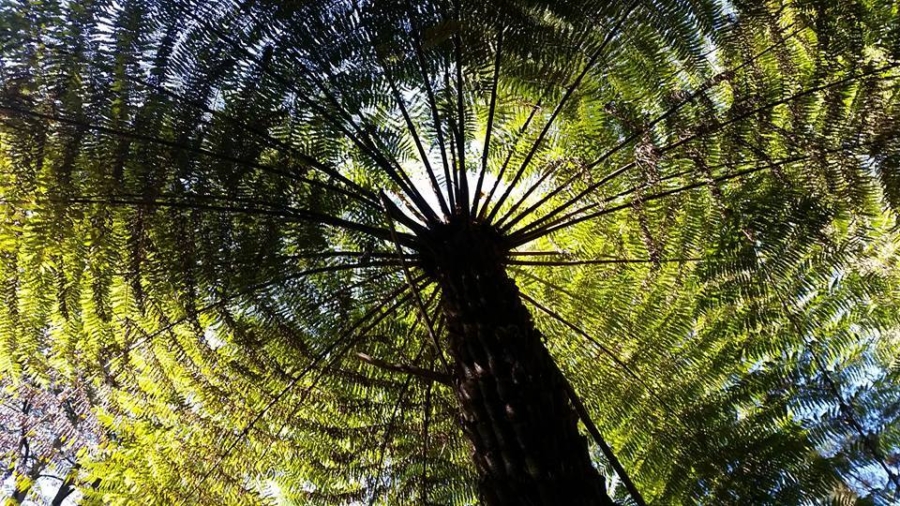
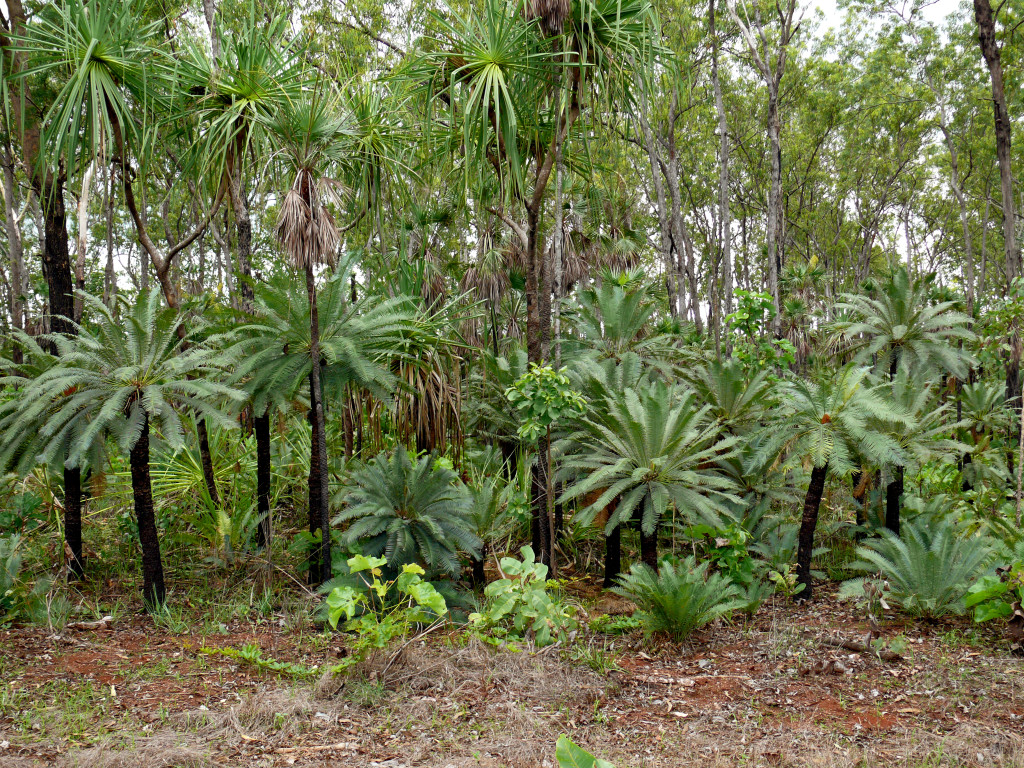
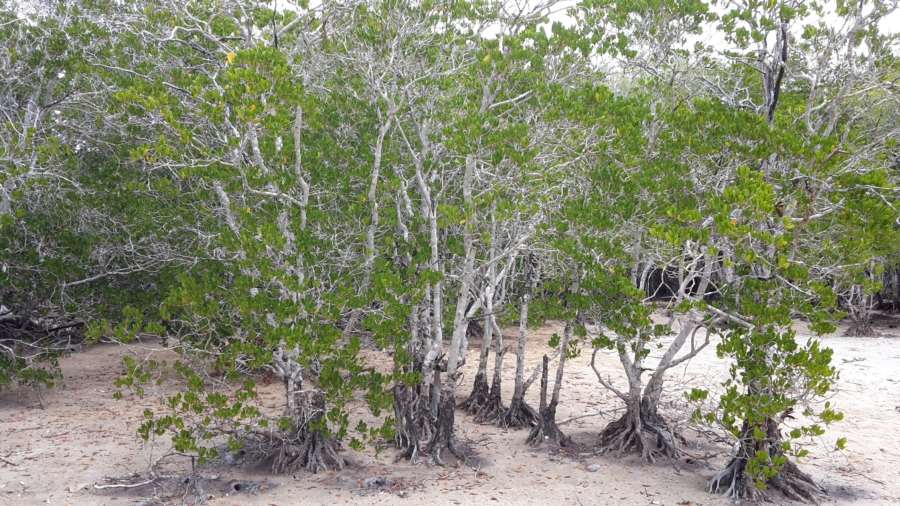

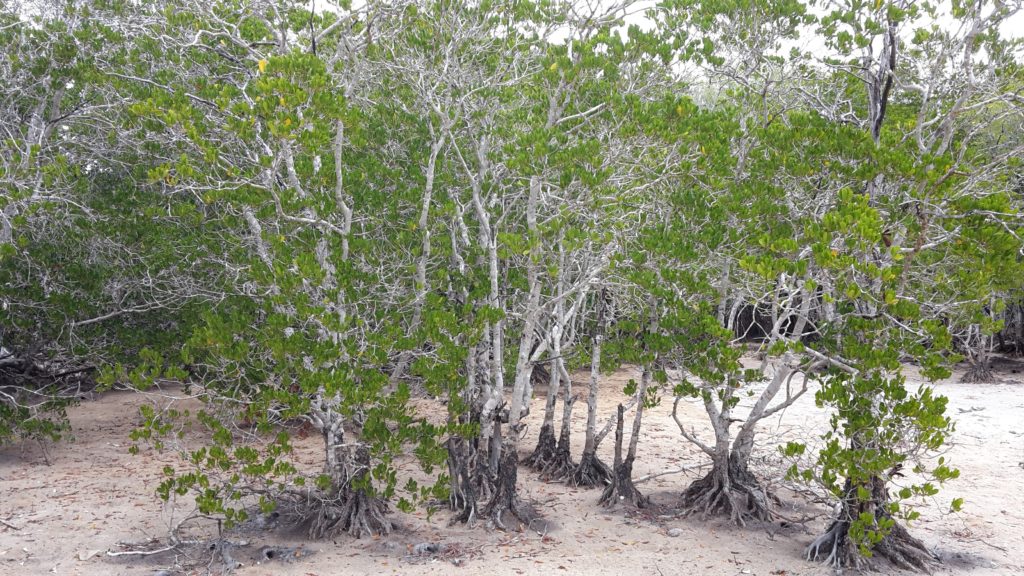
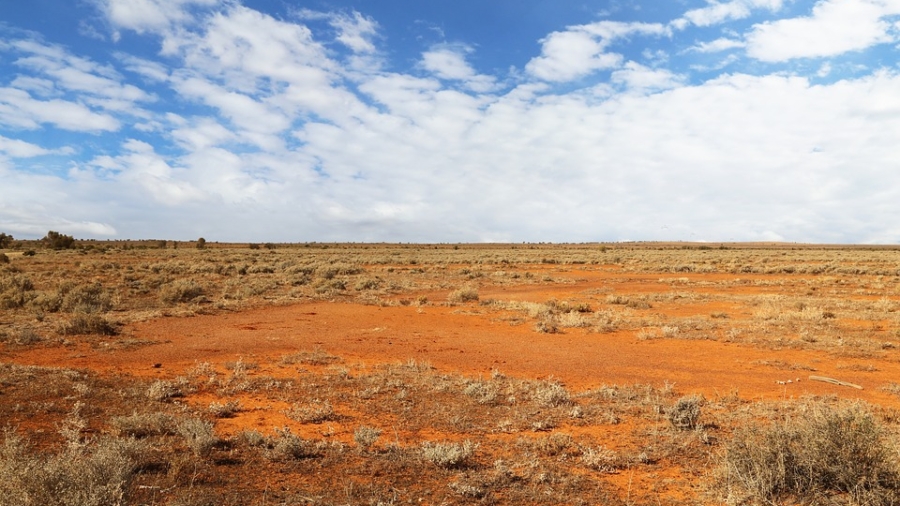
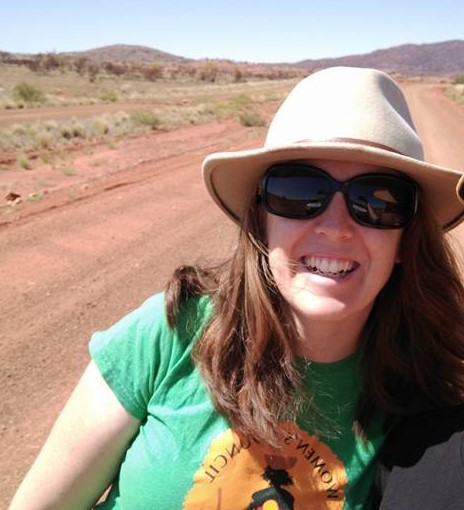 There’s something about the blue sky, the sparse landscape and the weaving of cultural stories that drew Louise O’Connor to Australia’s red centre. Far from her homeland of Ireland and not satisfied with the big city lights of Melbourne, Louise O’Connor packed up her meagre belongings and head to Alice Springs. She found herself working with the Ngaanyatjarra Pitjantatjara Yankunytjatjara Women’s Council as a Domestic and Family Violence Case Worker and hasn’t looked back. Since arriving, Louise has been drawn to narrative therapy as an approach for working respectfully with Aboriginal women. She now supports a team of case workers implementing the Council’s new domestic and family violence prevention framework developed in consultation with the Australian Childhood Foundation and the large group of women they support in the NPY lands. Louise brought with her a long history of case work with refugees and asylum seekers, youth and people at risk of homelessness or in crisis, both in Australia and Ireland. Louise’s passion for sharing stories and helping others tell theirs shines through in my conversation this week on ‘Talk the Walk’.
There’s something about the blue sky, the sparse landscape and the weaving of cultural stories that drew Louise O’Connor to Australia’s red centre. Far from her homeland of Ireland and not satisfied with the big city lights of Melbourne, Louise O’Connor packed up her meagre belongings and head to Alice Springs. She found herself working with the Ngaanyatjarra Pitjantatjara Yankunytjatjara Women’s Council as a Domestic and Family Violence Case Worker and hasn’t looked back. Since arriving, Louise has been drawn to narrative therapy as an approach for working respectfully with Aboriginal women. She now supports a team of case workers implementing the Council’s new domestic and family violence prevention framework developed in consultation with the Australian Childhood Foundation and the large group of women they support in the NPY lands. Louise brought with her a long history of case work with refugees and asylum seekers, youth and people at risk of homelessness or in crisis, both in Australia and Ireland. Louise’s passion for sharing stories and helping others tell theirs shines through in my conversation this week on ‘Talk the Walk’.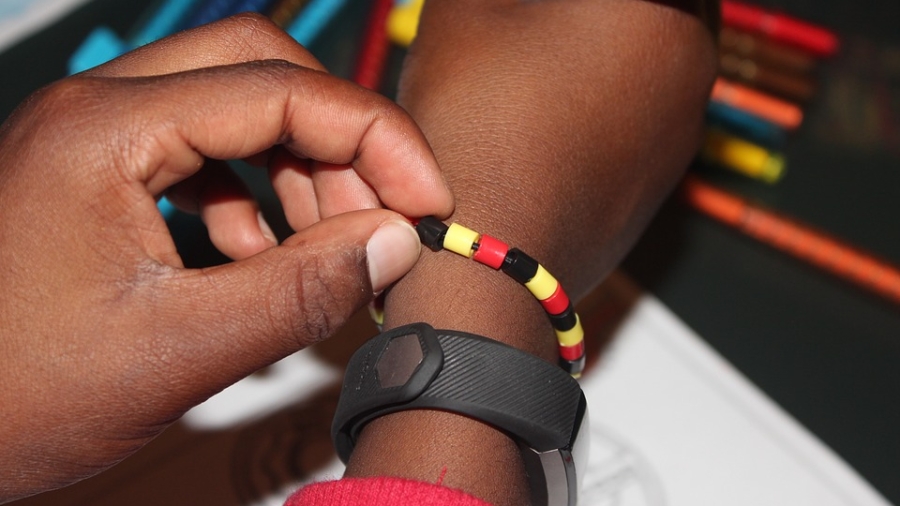
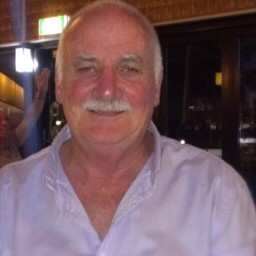 Today’s conversation on ‘Talk The Walk’ has many gems, but particularly for counsellors and social workers interested in developing an evidence based program that is also culturally safe. Doug Dunlop is a senior counsellor with the ‘Holding Children Together’ program based in Alice Springs and working with surrounding town camps. Doug is part of the team leading a rigorous evaluation process, developed and mentored by the Australian Childhood Foundation and a Cultural Advisory Group. In episode 17 of Talk the Walk, we also get a glimpse into the man behind the work; his historical roots, his life experience, the values and principles he brings to his trauma-informed, culturally-safe practice framework.
Today’s conversation on ‘Talk The Walk’ has many gems, but particularly for counsellors and social workers interested in developing an evidence based program that is also culturally safe. Doug Dunlop is a senior counsellor with the ‘Holding Children Together’ program based in Alice Springs and working with surrounding town camps. Doug is part of the team leading a rigorous evaluation process, developed and mentored by the Australian Childhood Foundation and a Cultural Advisory Group. In episode 17 of Talk the Walk, we also get a glimpse into the man behind the work; his historical roots, his life experience, the values and principles he brings to his trauma-informed, culturally-safe practice framework.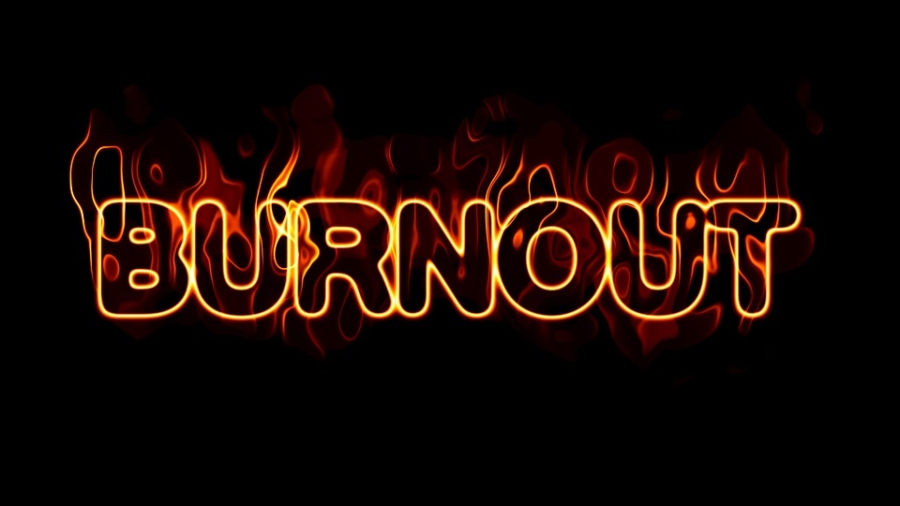
 If you work in the area of trauma counselling, chances are you have an organisation or colleagues keeping a watchful eye out for the first signs and symptoms of burnout or vicarious trauma.
If you work in the area of trauma counselling, chances are you have an organisation or colleagues keeping a watchful eye out for the first signs and symptoms of burnout or vicarious trauma.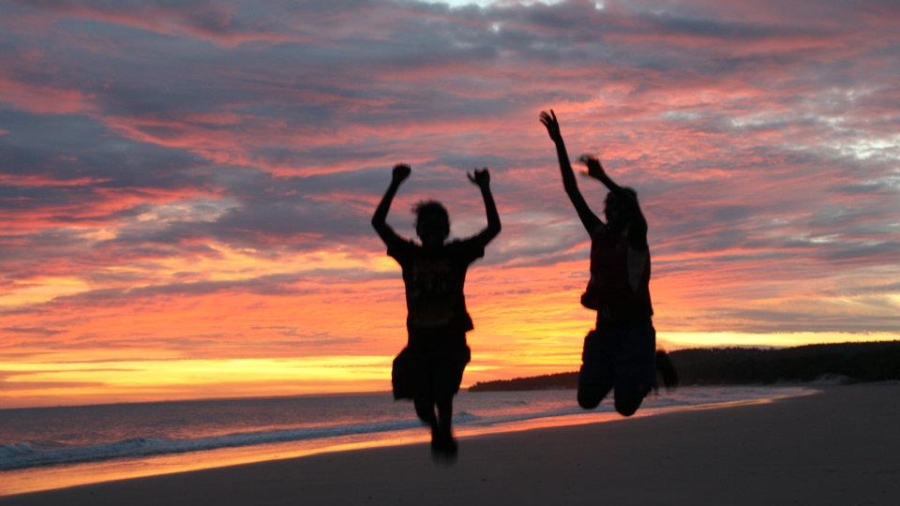
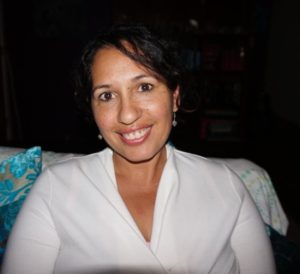 What a delight it was to be speaking with Tileah Drahm-Butler this week on ‘Talk the Walk’, about her journey into narrative therapy and her approach to working with Aboriginal and Torres Strait Islander people. Tileah’s passion for social work and giving Aboriginal people a voice shines through in this conversation. We also gain insight into the woman behind the work and the long list of inspiring women in her family that stand behind her.
What a delight it was to be speaking with Tileah Drahm-Butler this week on ‘Talk the Walk’, about her journey into narrative therapy and her approach to working with Aboriginal and Torres Strait Islander people. Tileah’s passion for social work and giving Aboriginal people a voice shines through in this conversation. We also gain insight into the woman behind the work and the long list of inspiring women in her family that stand behind her.